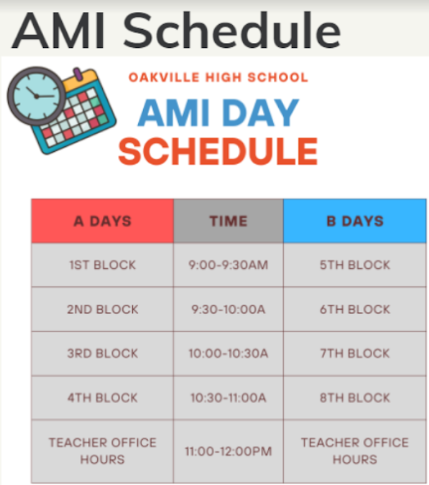Is the price of college worth it?
All students have to decide what path is best for them after high school based on academic ability, family and personal values and most overbearing cost. As the cost of higher education continues to rise, more and more students are forced to ask themselves: is college worth it?
“I think most students I see have, at least, some concern regarding the price of a four-year university,” college and career counselor Chris Ventimiglia said.
For some students and their families, this price tag is completely unfathomable. Transportation, personal expenses, books and supplies also have to be factored into this annual cost, which can add up to thousands more dollars on top of the baseline tuition price.
According to College Board, tuition for a four-year in-state university is, on average, $9,410. Tuition jumps to $23,890 per year for a four-year out-of-state university and $32,410 per year for private universities.
So how can students offset the cost of attending a university? The primary financial aid program students use is the Free Application for Federal Student Aid (FAFSA), which is what colleges look at to determine how much federal aid a student should receive along with aid directly from the college. The FAFSA application considers family income as the basis for grants, loans and work-study programs.
“The FAFSA program is very useful. The Department of Education loans approximately $120 billion dollars each year to students for college,” Ventimiglia said.
Though most students are awarded some form of financial aid, this amount could be insufficient in deterring the cost of a degree. Many students still have to take out private loans to pay for their education, which can take years or even decades to pay off completely, and become a serious burden to the recipient.
“The best way for students to offset the cost of college is to do their best in high school and qualify for scholarships,” Ventimiglia said. “University-based scholarships are typically based on merit and/or need.”
There are many online platforms that provide students with list upon list of scholarships for almost every student and their special skills and characteristics, so searching through these is almost guaranteed to warrant some success. Whether taking the time to do this is worth it or not is up to the individual.
According to the Bureau of Labor, 34 percent of jobs require a bachelor’s degree or higher, and 96 percent of these jobs have a growth rate of faster, much faster or as fast as average.
The absence of a college education does not inherently mean that it will be difficult for a person to find a job. However, careers that do require a college degree are much more likely to yield higher salaries than those that only require a high school diploma.
According to the Massachusetts Educational Financing Authority, there is an increasing number of certification programs at community colleges that would allow students to pursue careers in healthcare or technology. Additionally, alternatives to a four-year college including community college, trade school, coding boot camps and entrepreneurship can yield competitive and relatively higher salaries such as a radiation therapist, which only requires an associate’s degree and has a median salary of $86,850.
“Obviously, paying for college is a huge investment,” Ventimiglia said.
This investment could pay off literally, but also for some, the price tag of attending a four-year university also includes the college experience many students yearn for after high school. This may not be for everyone, however, so truly evaluating your wants and needs is extremely vital in choosing your path after high school.
“I think it depends on the student,” Ventimiglia said. “Each student needs to determine if the cost of college is necessary for the career they want to pursue.”

I'm Ava, and I am a senior at OHS and the Managing Editor-in-Chief of The Prowl. In my free time, I like to read (especially historical fiction), go shopping,...
















